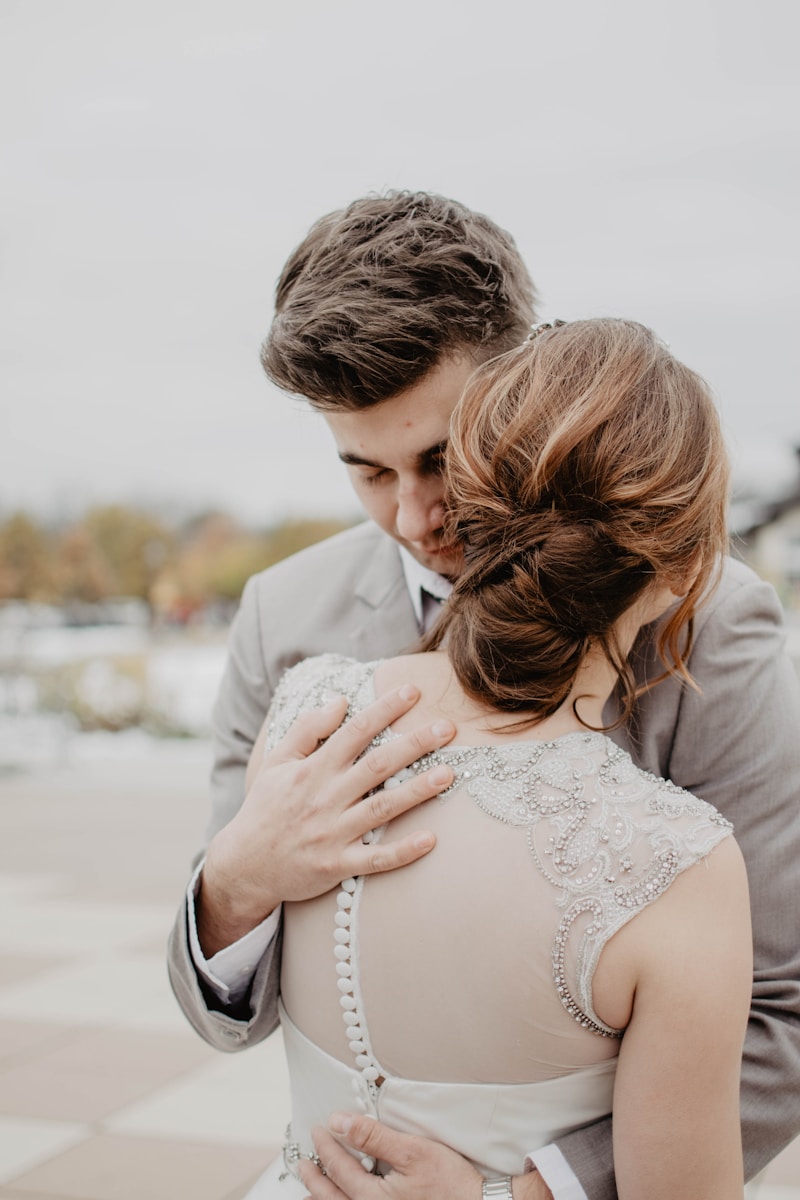The Role of Fittings in Perfecting a Wedding Dress
The Role of Fittings in Perfecting a Wedding Dress
The Importance of Fittings in Achieving the Perfect Wedding Dress
For many brides, choosing the perfect wedding dress is one of the most exciting parts of planning their big day. However, it's not just about picking the right style or fabric; the role of fittings in perfecting a wedding dress cannot be overstated. In this article, we will explore why fittings are essential, how they contribute to the overall appearance and comfort of the gown, and provide tips on how to make the most of your fittings.
Understanding the Fitting Process
Fittings are appointments scheduled with a seamstress or tailor, where adjustments are made to a wedding gown. The process is usually broken down into a series of fittings, ensuring the dress compliments the bride's body shape perfectly. There are typically three stages:
| Stage | Description |
| Initial Fitting | The bride tries on the dress for the first time, and the seamstress assesses fit and areas needing adjustments. |
| Mid-Fitting | After preliminary adjustments have been made, the dress is tried on again to ensure proper alignment and shape. |
| Final Fitting | The last adjustments are made, focusing on finishing touches like hemline and securing any embellishments. |
Why Fittings Are Essential
1. Achieving the Perfect Fit
A wedding dress is often one of the most significant investments a bride will make. Ensuring it fits like a glove is paramount. Every bride has a unique body shape, and what looks stunning on a mannequin may not look the same when worn. This is where fittings come into play; they allow for adjustments that cater to the bride's specific dimensions. For example, a dress that feels snug in the bodice or too loose at the waist can be tailored for a flawless silhouette.
2. Enhancing Comfort
While style is crucial, comfort is just as important. A wedding day usually extends for several hours, and brides need to move gracefully throughout the day. During fittings, brides can assess whether they can sit, dance, and enjoy their wedding without any constraints. Adjustments may include loosening tight seams or reinforcing areas that need extra support.
3. Focus on Detail
Fittings are also an opportunity to focus on the finer details of the dress. The seamstress can help ensure that embellishments, lace, beading, and hems are rightly positioned. This is especially important for intricate designs that require precision; even a tiny misalignment can be noticeable in photographs. Thus, getting the details right is an essential part of the process.

Tips for Successful Fittings
To make the most of your fittings, consider the following tips:
1. Schedule EarlyStart fittings as soon as you receive your wedding dress, ideally at least three months before the wedding. This gives ample time for adjustments and alterations.
2. Bring the Right UndergarmentsWear the same undergarments you plan to wear on your wedding day during fittings. This will provide a more accurate idea of how the dress will fit and sit on your body.
3. Note Your AdjustmentsKeep a list of specific adjustments required during each fitting. Communicate clearly with your seamstress to ensure all details are covered.
Common Questions About Wedding Dress Fittings
1. How Many Fittings Will I Need?
The number of fittings can vary, typically ranging from two to four, depending on the complexity of alterations required. Always consult with your seamstress for their recommendations based on your dress type.
2. What If I Lose Weight Before the Wedding?
Brides often worry about body changes before the wedding. It's advisable to schedule your fittings based on your target weight. If you anticipate losing weight, communicate this early, and plan the final fitting closer to the wedding date.
3. How Much Should I Budget for Alterations?
Alteration costs can vary widely based on location and the extent of work needed. It's wise to budget anywhere from $100 to $600 or more, so consult with your bridal boutique or seamstress for an estimate.
Conclusion
The role of fittings in perfecting a wedding dress is crucial for both the aesthetic and comfort of your gown. Proper fittings ensure that your dress fits beautifully, feels comfortable, and looks stunning on your big day. Remember to take your time with the process, communicate openly with your seamstress, and keep an eye on the details. Your wedding dress is not just an outfit; it’s a memory in the making, and its perfection lies in the skilled hands of your fittings. Enjoy this journey, and trust the process – the result will be worth it!
